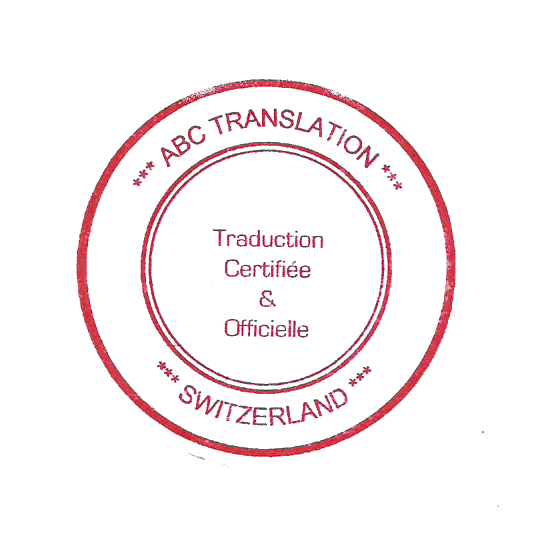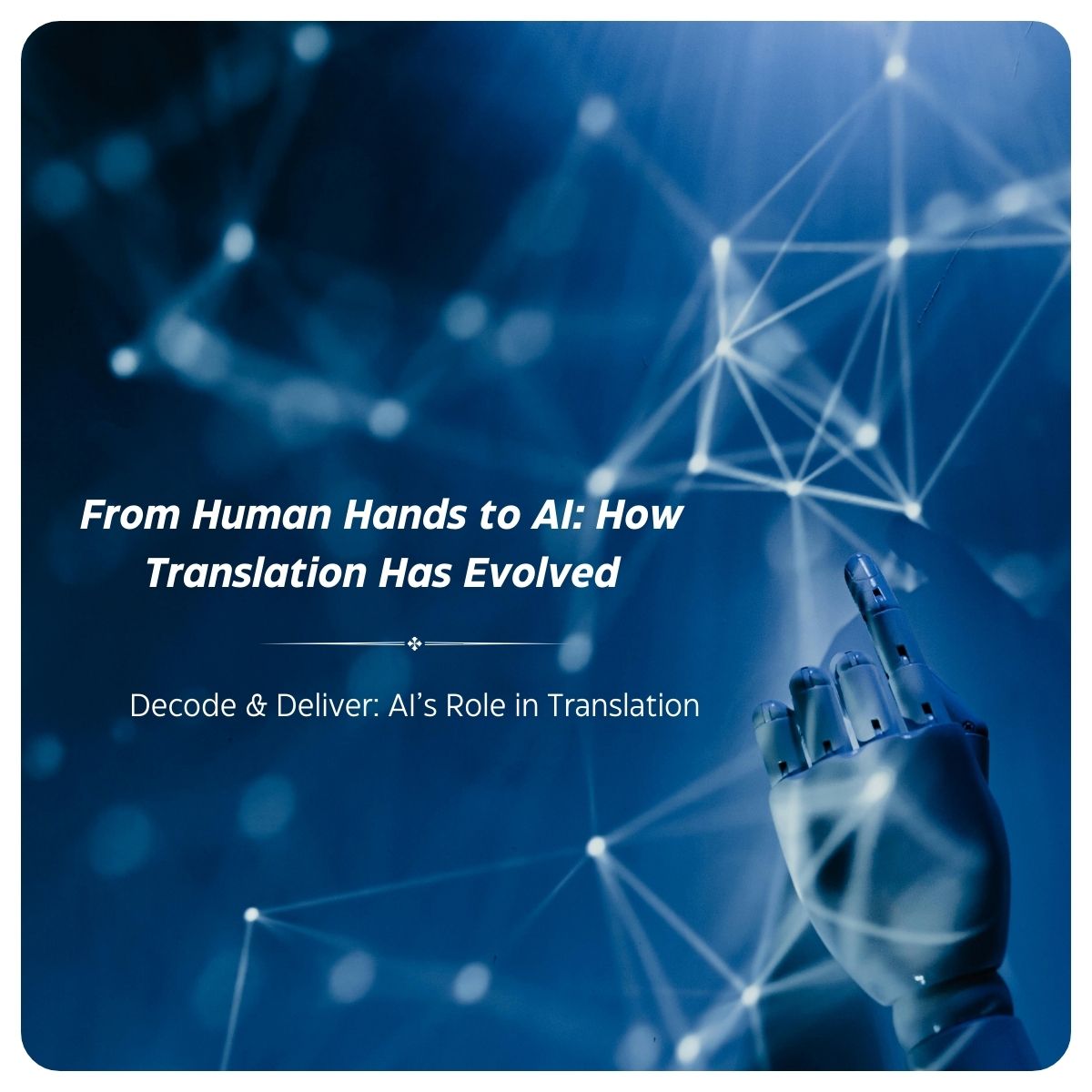From Human Hands to AI: How Translation Has Evolved
How did we go from ancient scribes translating by candlelight to AI-powered translations in real time?
The evolution of translation is a story of human ingenuity, technological breakthroughs, and a never-ending quest to bridge language barriers. From handwritten scrolls to deep learning models, here’s how translation has transformed—and where it’s headed next.
The Early Days: Scribes, Scholars & the Printing Press
Before machines, translation was entirely performed by human hands—slow, meticulous, and often inconsistent.
- The Rosetta Stone (196 BC) was one of the earliest recorded “translation tools,” allowing scholars to decode Egyptian hieroglyphics using Greek and Demotic texts.
- Medieval Monks & Translation Houses: Religious and philosophical texts were painstakingly translated by hand, sometimes taking years to complete.
- The Printing Press (1440s) changed all this—suddenly, translated materials could be mass-produced, making knowledge more widely accessible.
Key Takeaway: The demand for translation grew as globalisation expanded, but speed and accuracy remained a challenge.
From Early Computers to Machine Translation
By the 20th century, technology began to augment human translation.
The First Machine Translation (1954): A basic system translated 60 Russian sentences into English. Whilst it still lacked accuracy, it sparked the beginning of automated translation research.
Rule-Based & Statistical Machine Translation (1960s-2010s):
- Early rule-based models relied on grammar rules but struggled with nuance.
- Statistical translation (like early Google Translate) used bilingual data sets but lacked contextual understanding. This often lead to awkward, literal results. A French phrase like “il fait un froid de canard” (literally “it’s duck cold”) was translated as “it is a cold duck”, instead of “it’s freezing.”
Key Takeaway: Machine translation improved efficiency, but human involvement was still essential for accuracy.
AI & Neural Machine Translation (NMT): A Game Changer
The introduction of deep learning and neural networks revolutionised translation.
Neural Machine Translation (NMT) (2016-Present): Unlike earlier systems, NMT analyses entire sentences, understanding context, idioms, and tone.
- Google Translate switched to NMT in 2016, allowing immediate improvements in fluency by 60%.
- This improvement in quality has meant AI-powered tools like DeepL now rival human translators in quality, especially for European languages.
- Real-time AI interpretation (e.g. Zoom’s live captions, Google’s Pixel Buds) is making seamless multilingual communication possible.
However, despite these advancements, NMT has 2 major drawbacks:
1. Legal Terminology & Ambiguity
- Legal documents require precise wording, as slight mistranslations can lead to misinterpretations or disputes.
- Example: The French “obligation de moyens” differs from “obligation de résultat”, but AI may mistranslate them, altering legal obligations.
2. Jurisdictional Differences
- Laws vary by country and legal system (e.g., Common Law vs. Civil Law), and AI struggles to adapt terms accordingly.
- Example: A contract translated from English (UK) to German must align with German BGB contract law, not just a direct word-for-word translation.
Key Takeaway: AI is making translations faster and smarter, but despite these improvements, human expertise is still vital for nuance, culture, and industry-specific accuracy.
What’s Next? The Future of Translation
Where do we go from here?
- Hybrid AI-Human Workflows: Instead of replacing human translators, AI will serve as an assistant, speeding up repetitive tasks while professionals refine, correct, and localise.
- Zero-Shot Translation: AI will translate languages it hasn’t been explicitly trained on, helping preserve endangered languages.
- Real-Time Interpretation Breakthroughs: Wearable AI devices and speech-to-speech technology will continue to break down global communication barriers.
- Ethical AI & Bias Reduction: AI translation still inherits biases from training data. Companies must work toward fairer, unbiased language models.
Final Thoughts
Translation has evolved from ink and paper to neural networks and AI-driven solutions—but one thing remains constant: the need for human expertise. AI is an incredible tool, but language is more than just words—it’s culture, emotion, and nuance. The future of translation isn’t humans vs. AI—it’s humans + AI.





